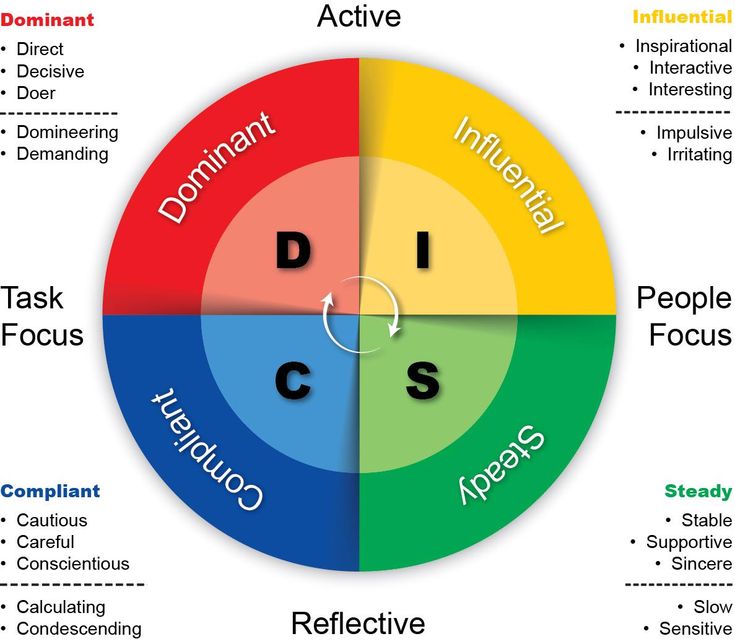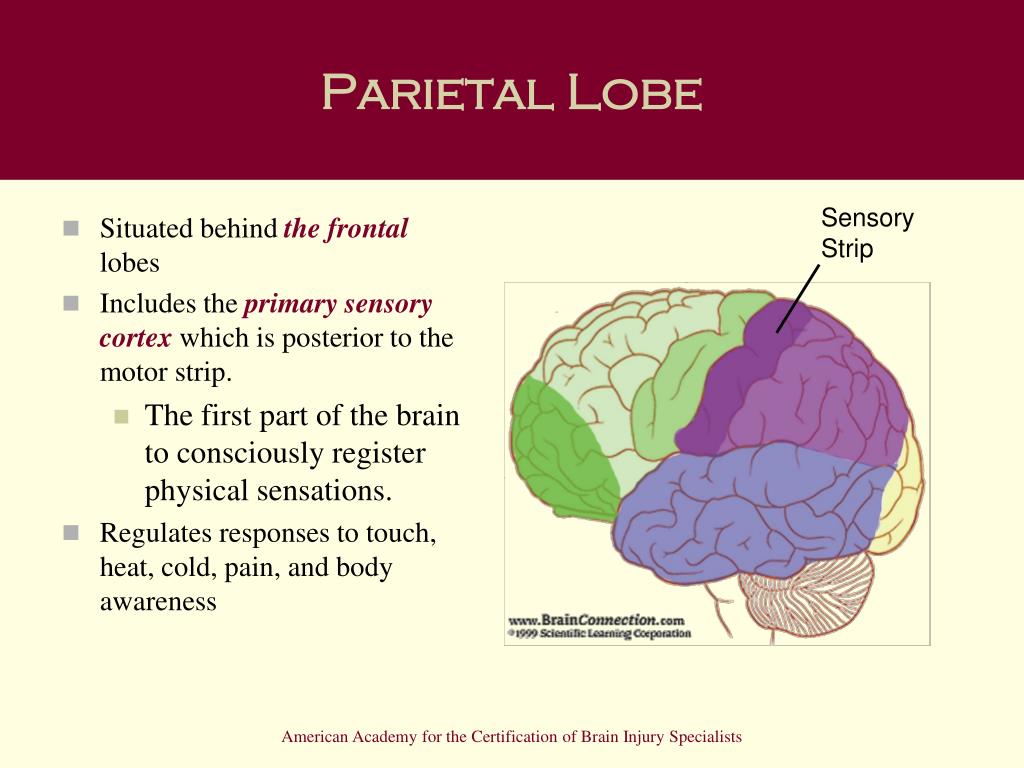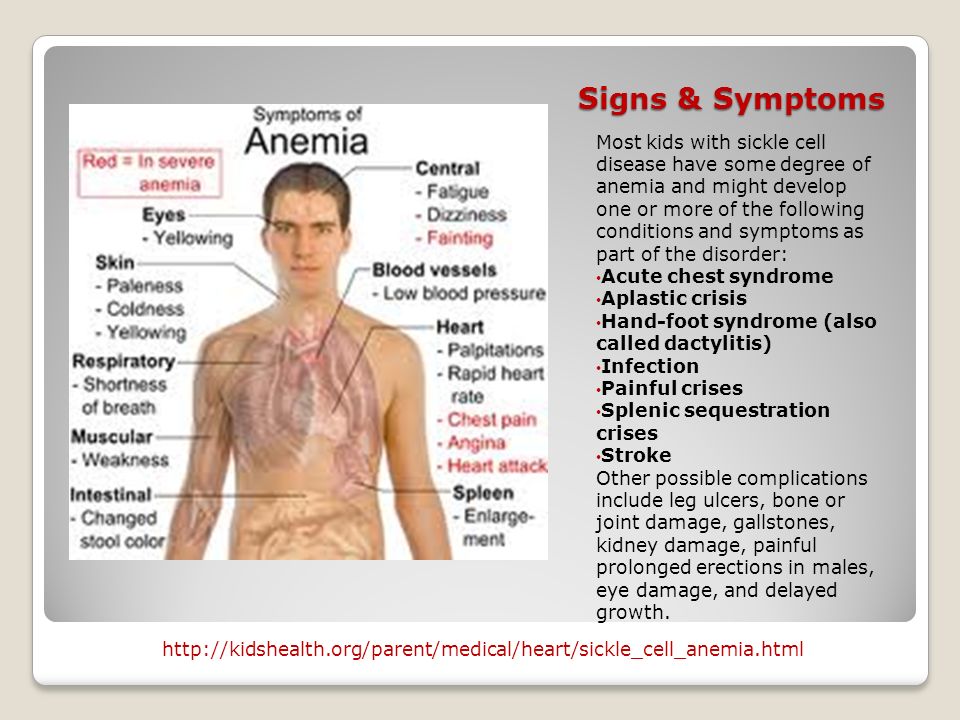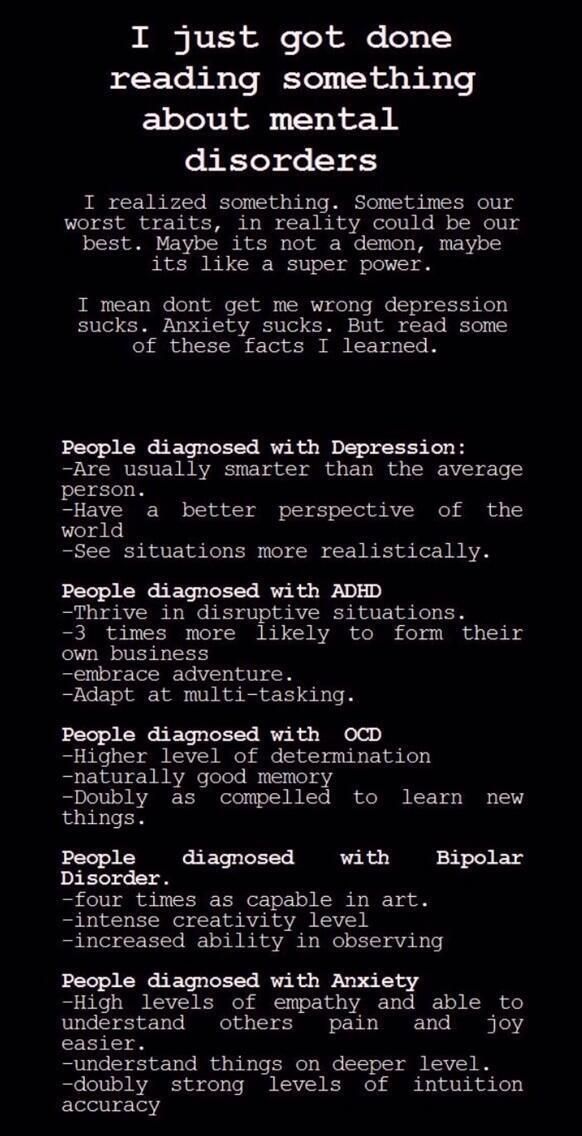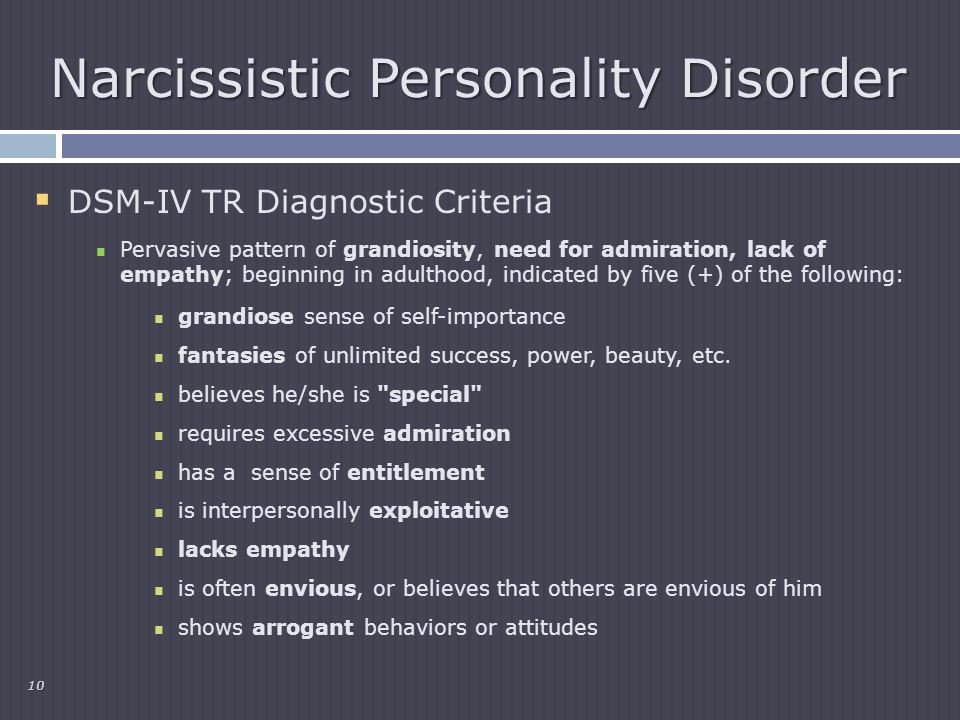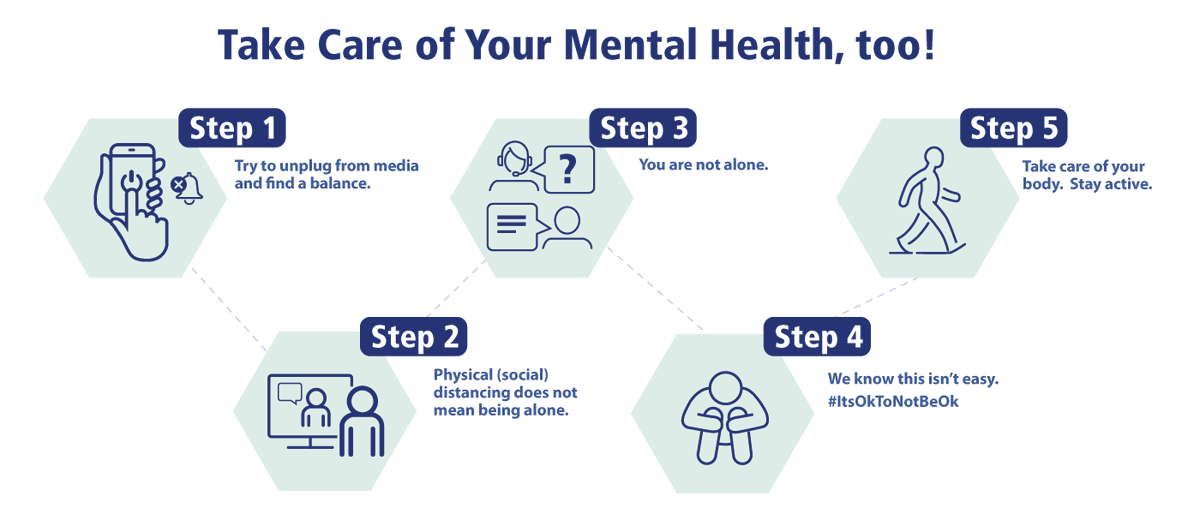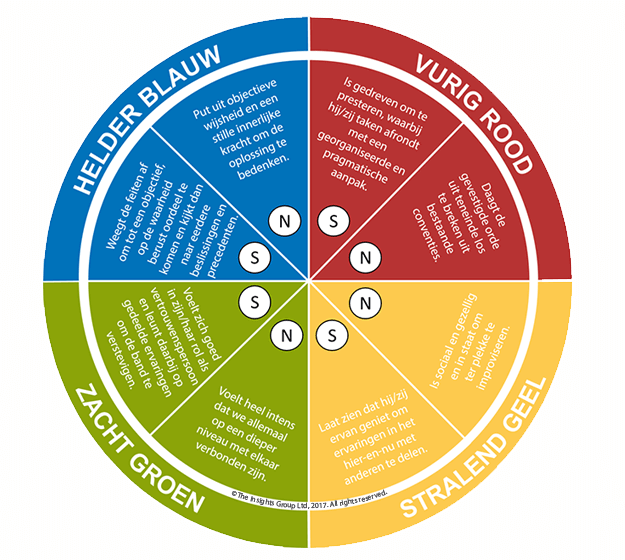Insights personality types
Personality Types: Four Colors To Eight Types
One way to help people understand their personalities and the personalities of others is to use psychometric assessments which sort people into different personality types. Today we’re going to dive into the basics of one assessment that’s often used in a business context to help managers and co-workers understand each other better: The Insights Discovery system.
Insights Discovery is based on the work of psychologist Carl Jung, and sorts people into four colors, then eight personality types and ultimately into one of 72 unique wheel positions. Let’s talk about each of these distinctions so you can understand more about the Insights Discovery System, and how it can dramatically improve communication.
The Four Colors: Approach and GoalsThe four colors used in Insights are cool blue, earth green, sunshine yellow, and fiery red. Each of these colors represents two key related pieces of information: the individual’s outlook on life and the way in which they make decisions. This also impacts the way in which a person is perceived by others.
Cool blue is displayed by someone who is very exacting, who wants everything they do to be to a high standard, who is cautious and thoughtful. They are deliberate in their actions and work within a formal structure. In a group they strive for understanding, and they can be perceived by others as thoughtful and analytical but sometimes distant and unemotional.
Earth green is displayed by someone who is caring and encouraging and who values stability and supporting others. They are happy to share with others and are patient when teaching a new skill. Their ultimate goal is harmony and in a group they foster consensus. They are seen by others as agreeable and relaxed but can also be seen as mild and docile.
Sunshine yellow is displayed by a person who is fun and loves interacting with others. They value socializing and they are enthusiastic around others, particularly when demonstrating a skill.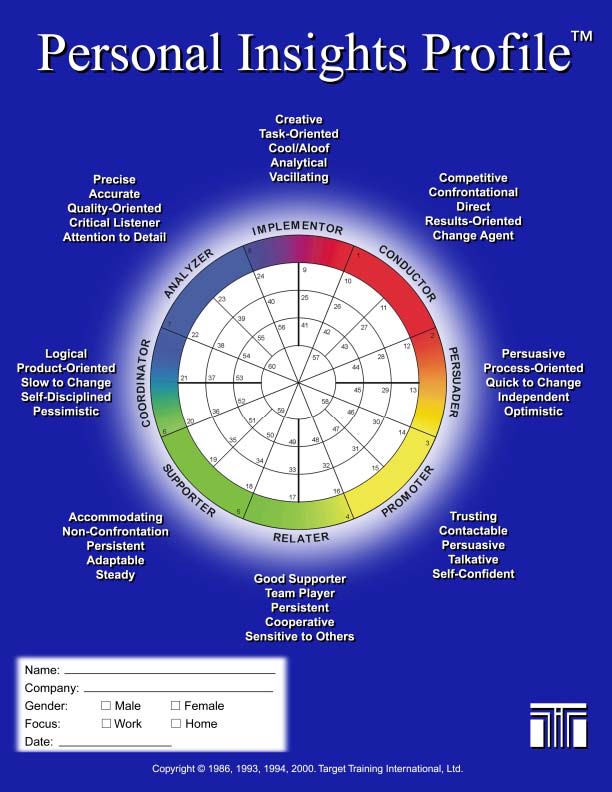 When working in a group, they desire recognition. They are dynamic and spontaneous, which can lead others to see them as disorganized.
When working in a group, they desire recognition. They are dynamic and spontaneous, which can lead others to see them as disorganized.
Fiery red is displayed by someone who is action driven, and who is certain and confident. They enjoy a challenge and are often competitive and determined to succeed. This determination means that their goal is achievement and overcoming challenges, however, their single-minded focus can sometimes lead others to see them as impatient.
From Four Colors to Eight TypesOf course, no person is entirely described by one of the colors above: We are all a mix of different traits that we will display differently based on our environment and mood. And, a person can be a mix of different color categories too. From this comes the idea of eight personality types, where in addition to types based on the four colors, there are four more types which represent a blend of two colors.
These eight types map onto the work of Jung, who defined personality as four aspects (sensation, intuition, thinking, and feeling) along one axis (extroversion versus introversion).
The eight types of Jung can be related to the four colors to understand both what a person’s motivation is and how they work in groups, plus understand their underlying personality type. The types are as follows:
Director (fiery red)
Extraverted Thinking
A director is a person who is focused primarily on results. Their biggest priority is to get the most important task they have done to a high standard and on time, and they are not afraid to make big decisions and to implement those decisions assertively. These qualities make them excellent leaders, but they need to be careful so they don’t come across as pushy or impatient.
Motivator (fiery red and sunshine yellow)
Extraverted Intuition
The motivator has the same drive to get results as the director, but this is tempered by an emphasis on positive thinking and a sense of fun. This person has high levels of enthusiasm and can get a group motivated to take on a task or to overcome a challenge.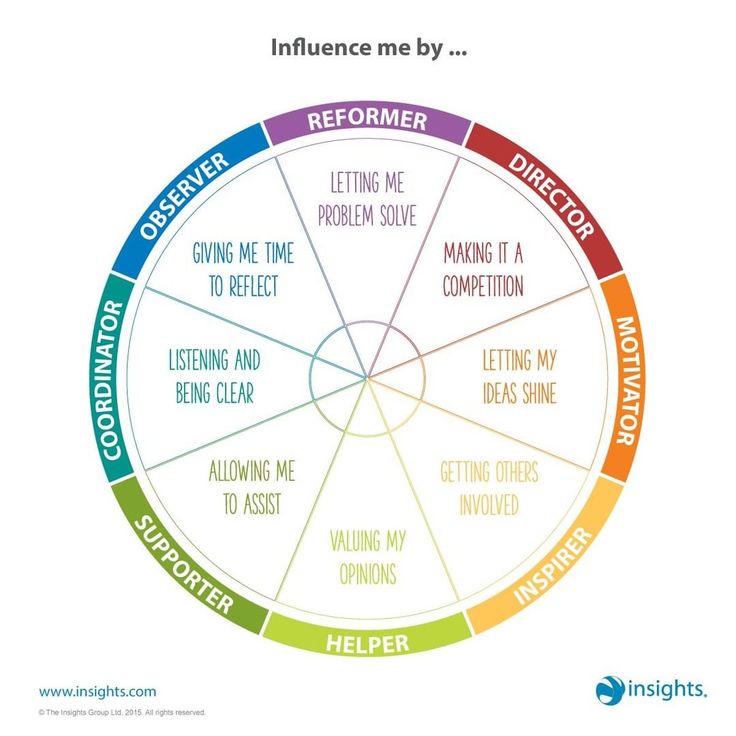 Their ability to enthuse people into implementing plans makes them well suited to roles where they inspire their staff to achieve their goals.
Their ability to enthuse people into implementing plans makes them well suited to roles where they inspire their staff to achieve their goals.
Inspirer (sunshine yellow)
Extraverted Feeling
The inspirer’s greatest strength is their people skills, as they enjoy being around others and have a good understanding of how to motivate and inspire them. But they are not just cheerleaders – they are creative types who can find people-oriented solutions to problems that other people might not think of. Their skill at persuasion can make them good sales people as well as creative team members.
Helper (sunshine yellow and earth green)
Introverted Intuition with Extraverted Sensing
The helper has the sociable aspects of the inspirer but also a more grounded, caring aspect. Instead of wild creativity they have a more solid, supportive, practical approach. They enjoy helping others most of all, and they are willing to be flexible and to see others’ points of view.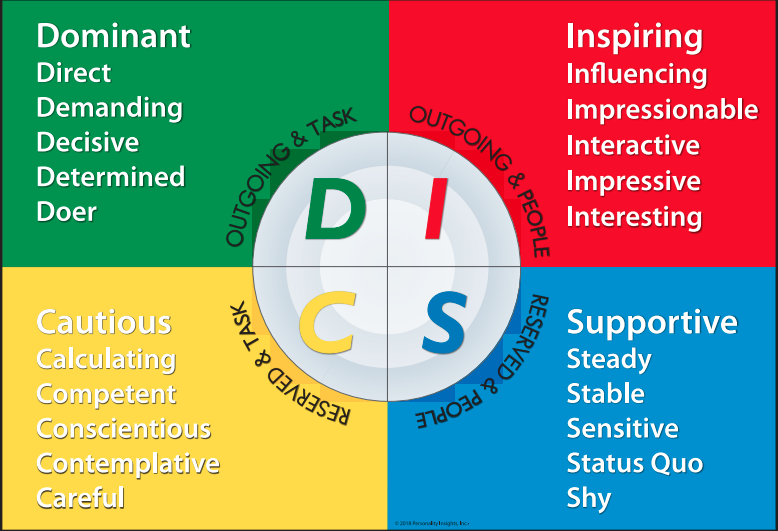 Their skill at sharing ideas make them excellent mediators as they are good at helping a group to build consensus.
Their skill at sharing ideas make them excellent mediators as they are good at helping a group to build consensus.
Supporter (earth green)
Introverted Feeling
The supporter is someone who prefers to stay out of the spotlight and to facilitate the work of the group. They are excellent listeners and can empathize with others, so they make good counselors. They are highly loyal to their team, and they like to work supporting others and group rather than just driving results on their own.
Coordinator (earth green and cool blue)
Introverted Sensing
The coordinator is highly organized and puts an emphasis on planning and time management. They have a practical approach to what can be achieved and what steps will be required to implement a plan. They make excellent administrative staff and project managers.
Observer (cool blue)
Introverted Thinking
The observer is detail oriented and cares about everything being correct and defined to a high standard.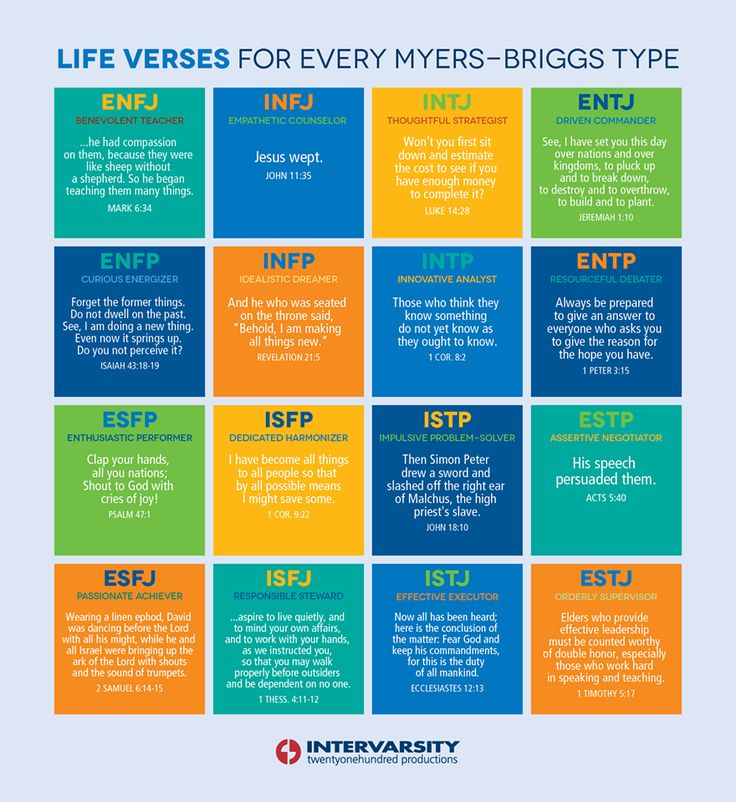 They are strong at analysis and at meeting rules or guidelines, making them well suited to testing or compliance roles, and really any role that required analytical, practical thought. Often a great fit for legal, financial and technological pursuits.
They are strong at analysis and at meeting rules or guidelines, making them well suited to testing or compliance roles, and really any role that required analytical, practical thought. Often a great fit for legal, financial and technological pursuits.
Reformer (cool blue and fiery red)
Extraverted Sensing with Introverted Intuition
The reformer wants both high standards and strong results, which makes them extremely determined. They have a strength in monitoring performance and discipline, making them well suited to roles where decisions might need to be made based upon logic and data, rather than people and relationships.
If this initial overview has piqued your interest and you want to know more about Jung’s personality types, check back soon as that will be the subject of our next post. You can also learn more at www.scottstedtalk.com.
If you are interested in learning more about how The Insights Discovery Program can improve team communication, teach effective selling and create self aware leaders then contact us today and unlock your team’s true potential!
a deeper dive into Insights Discovery
Discover what Insights Discovery is and how it can help you and your colleagues to work more effectively through an understanding of the eight core personality types.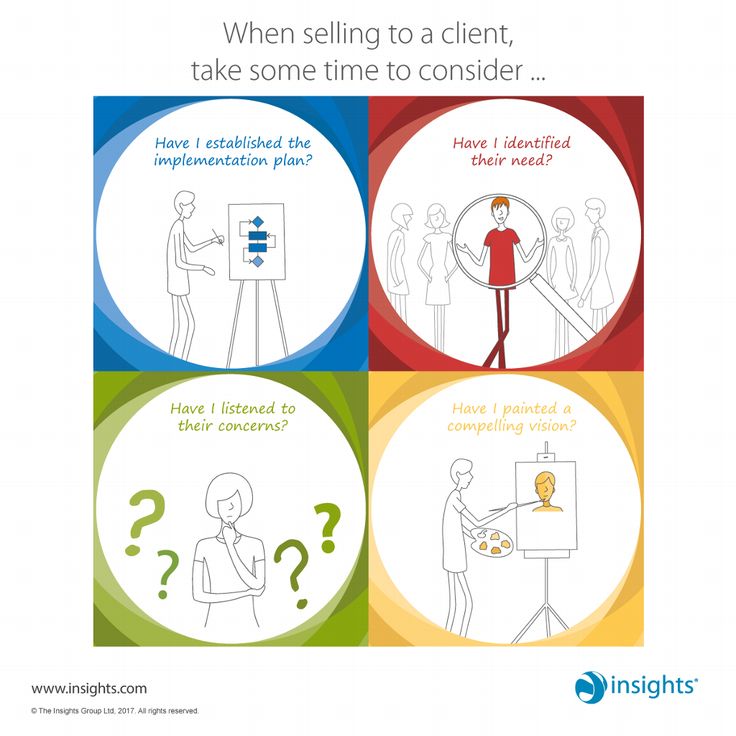
Insights Discovery in a nutshell
Insights Discovery is a psychometric tool based on Jungian psychology, which uses a four-colour model to highlight key personality preferences and associated behaviours.
The tool is hugely popular within businesses and can be used for individual performance development or wider team development. It increases self-awareness, improves communication, decision-making and ultimately performance.
The process starts with an online evaluation which takes about 20 minutes to complete and is comprised of detailed multiple choice questions. Following completion of this, a personal profile is then generated providing in-depth insight into individual strengths and weaknesses, communication style, approach to problems and value added to the team.
Profiles outline your unique “colour mix” of the four colour energies: Cool Blue, Fiery Red, Sunshine Yellow and Earth Green – each colour represents certain personality preferences and associated behaviours and we all have a unique mix of these traits or colours.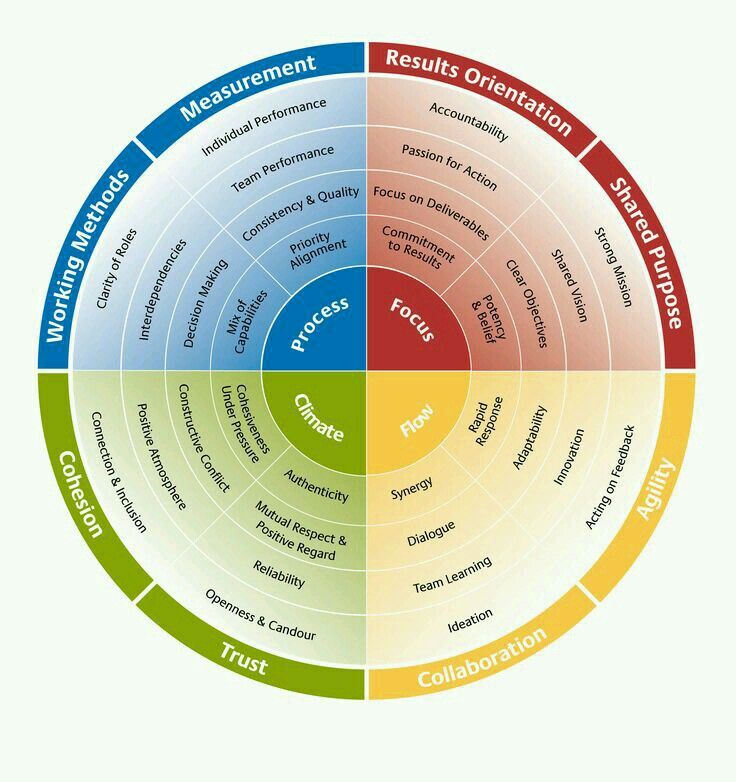 Identifying what this is and getting to grips with the motivations behind our thoughts and actions enables us to work more effectively with others and results of the report are easily memorable thanks to the four-colour model approach.
Identifying what this is and getting to grips with the motivations behind our thoughts and actions enables us to work more effectively with others and results of the report are easily memorable thanks to the four-colour model approach.
Solving business challenges
Insights is highly effective in terms of organisational change, for example if your business is facing a team restructure or a change in leadership. Equally, it provides a universal language on which to shape performance management discussions, to better identify company culture and analyse customer service improvements. Personal profiles can be delivered or team Insights workshops can be organised, as per unique business needs. With an Insights report at hand, people are more self-aware and encouraged to talk openly using the universal language of colour preferences to discuss challenges faced, areas for improvement, individual strengths, weaknesses and team dynamics. People come away understanding far better how others tick and how best to communicate with them.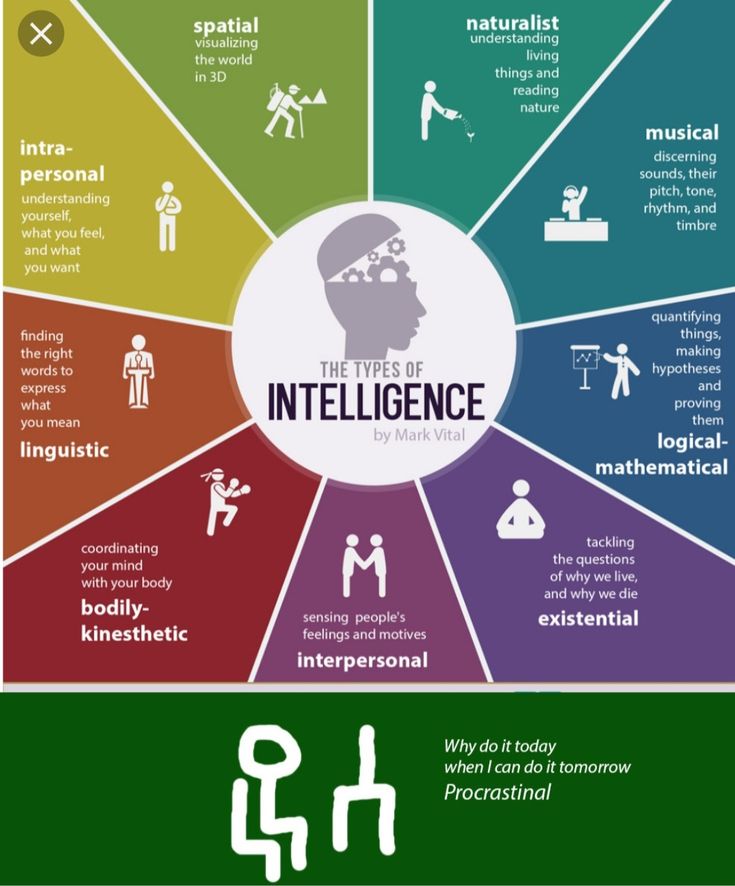
The eight personality types uncovered
The four main colour energies branch out into a mix of eight personality types listed below.
Based on Carl Jung’s psychological theory, each type is a mix of: introversion, extraversion, thinking, feeling, sensing or intuition. The eight types are defined in the following manner:
Does this give you an inkling of your personality type?
In addition to discovering which of the eight personality types you are most like, your report identifies exactly where you sit within each of the 72 segments on the wheel. Depending on your colour mix, you can sit in one of three rings on the graph. You’ll see there’s an outer, middle and inner ring in the graph below – Insights terms these wheel positions ‘Focused’, ‘Classic’ and ‘Accommodating’ respectively.
Here’s where it gets a little technical. You can actually sit in more than one ring on the wheel, if your ‘Conscious’ and ‘Unconscious’ personas differ.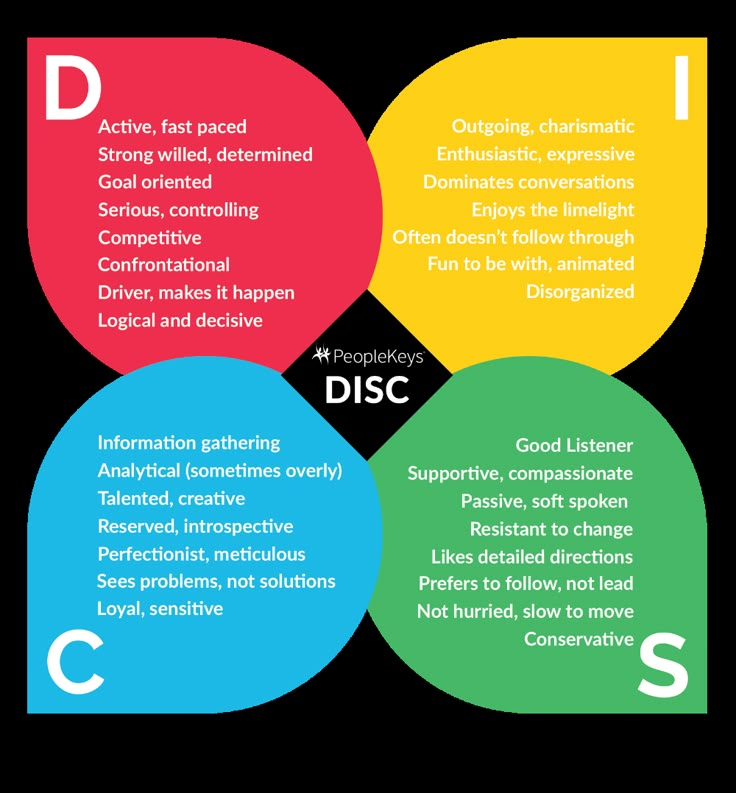 We’ll look at an example of this in a minute, but first let’s establish what we mean by conscious and unconscious personas.
We’ll look at an example of this in a minute, but first let’s establish what we mean by conscious and unconscious personas.
Conscious persona
The Direct responses to the online evaluator, a combination of you, who you need to be and who you want to be. How you might “ACT”.
Unconscious persona
The Indirect responses to the online evaluator, this suggests your more instinctive behaviour, highlights possible blind spots and how you might “REACT”.
Your Insights discovery practitioner will take you through your report in more detail and explain this face to face, but here’s a example of what your graph might look like if your unconscious and conscious personas differ:
Insights profiles are great tools to use for increasing our self-awareness. They can be used proactively to identify key areas for development and action, and can be shared with friends and colleagues to gage constructive feedback. If you’d like to find out more about how Insights Discovery can help you, drop us a line today.
If you’d like to find out more about how Insights Discovery can help you, drop us a line today.
Personality types | 16Personalities
Analysts
Strategist
INTJ-A / INTJ-T
Imaginative, strategic thinkers with a plan for all occasions.
Scientist
INTP-A / INTP-T
Creative inventors, with a strong belief in the power of knowledge.
Commander
ENTJ-A / ENTJ-T
Brave, resourceful and strong-willed leaders who always find a way - or make a way.
Debater
ENTP-A / ENTP-T
Smart and curious thinkers who never turn down an intellectual challenge.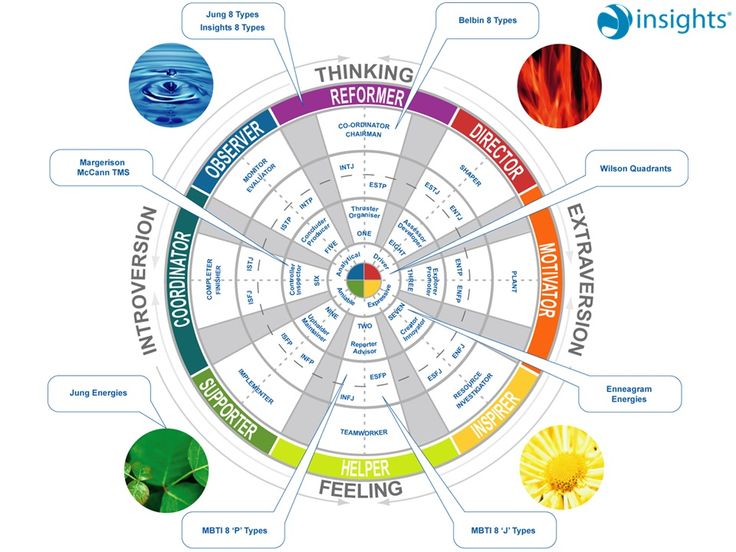
Diplomats
Activist
INFJ-A / INFJ-T
Quiet and mystical, but inspiring and relentless idealists.
Broker
INFP-A / INFP-T
Poetic, kind and altruistic personalities, always ready to stand up for a good cause.
Trainer
ENFJ-A / ENFJ-T
Charismatic and inspiring leaders who captivate their listeners.
Wrestler
ENFP-A / ENFP-T
Enthusiasts, creative and sociable free minds who always find a reason to smile.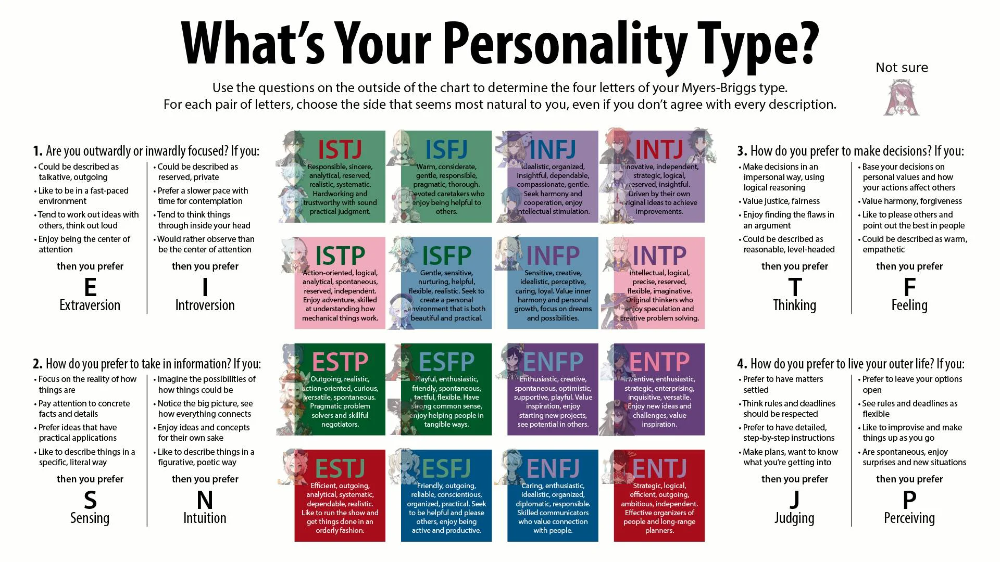
Guardians
Administrator
ISTJ-A / ISTJ-T
Practical and factual people whose reliability is unshakable.
Protector
ISFJ-A / ISFJ-T
Very responsible and kind protectors, always ready to protect their loved ones.
Manager
ESTJ-A / ESTJ-T
Excellent administrators, unsurpassed specialists in process and people management.
Consul
ESFJ-A / ESFJ-T
Extremely caring, sociable and popular people, always ready to help.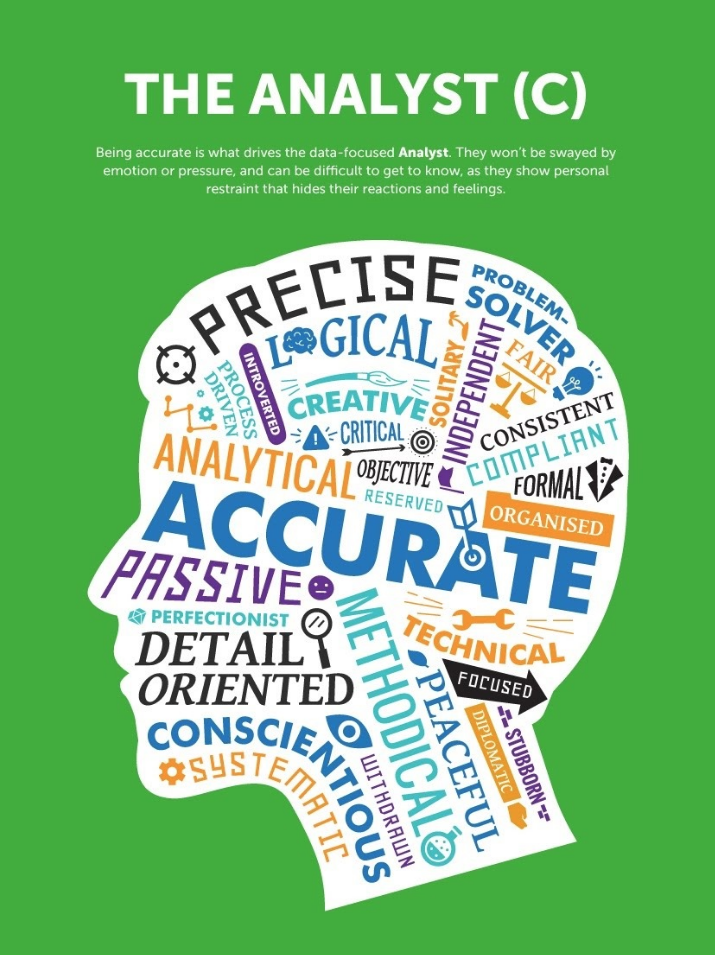
Seekers
Virtuoso
ISTP-A / ISTP-T
Brave and practical experimenters, masters of all kinds of techniques and tools.
Artist
ISFP-A / ISFP-T
Flexible and charming artists, always ready to explore and experience something new.
Dealer
ESTP-A / ESTP-T
Smart, energetic and very receptive people who truly enjoy risk.
Entertainer
ESFP-A / ESFP-T
Spontaneous, energetic and tireless merry fellows - where they are, it's never boring.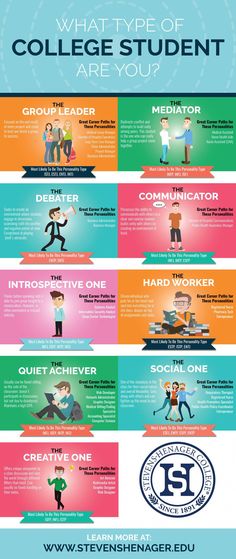
Personality types: main differences and their characteristics
Contents of the article
All people are different: someone likes to lead an active lifestyle and communicate a lot, it is easier for someone not to stand out among others, someone is prone to sensitivity and excessive self-criticism. Since ancient times, scientists and philosophers have been interested in the topic of personality classification, many theories have been developed, some of which have become part of modern psychology. In this article, we will briefly analyze the psychological types that the Soviet scientist A.E. Lichko developed while observing adolescents. It is in adolescence that individual character traits and psychological characteristics are quite strongly manifested, which are smoothed out during growing up, but can manifest themselves at a moment of crisis. Even more types of personality classifications can be found in the free online course "Typology of Personality" on the platform "Russia - a country of opportunities".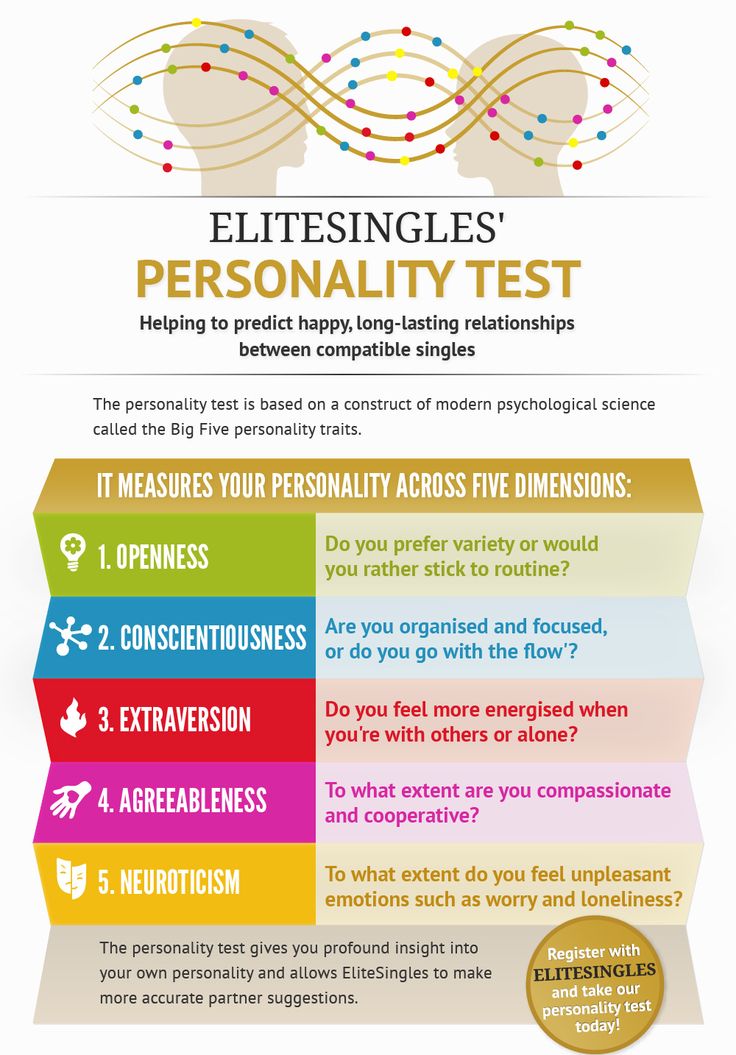
Asthenoneurotic type
People with a weak nervous system who are characterized by low stamina, irritability and overwork. They get tired more from psychological stress than from physical exertion. When working for a long time, they need frequent breaks, in general they like to work at their own pace. Such people are hard to switch from one activity to another, it is better not to distract them from the process once again. Any unforeseen situations cause them irritability and anxiety. But these people are very careful and disciplined, they can spend hours doing monotonous work that does not require speed.
Unstable type
Complex personality type, which is characterized by irresponsibility, idleness and addiction, for example, from alcohol, drugs, games. Such people strive for pleasure, they want to constantly relax and have fun. They often have problems with work, they do not want to study and grow professionally. This type of personality can be called a real hedonist who sees entertainment and enjoyment as the main goal of his life. The positive features include openness and sociability.
The positive features include openness and sociability.
Conformal type
People who strive to live like everyone else and do not want to stand out from the crowd once again. The opinion of others is very important to them, they try to earn the praise and approval of others. Basically, the way of life of such people directly depends on the society in which they live. If there are religious people around them, then the conformist will be a believer to the point of fanaticism. It is also difficult for them to change something in their lives, it is difficult to pull them out of their comfort zone. Positive features include low conflict, friendliness, devotion and diligence.
Labile type
Empathic people who can feel the mood and feelings of others well. They often make outstanding psychologists and social workers. They are open and always ready to help and support with a kind word. But this type is very sensitive and touchy, does not tolerate criticism in his address, cannot stand loneliness and changes in life.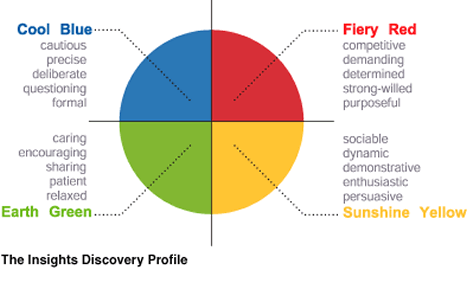
Cycloid type
People who are prone to drastic mood swings experience strong emotions - either they are overly happy, or they feel sad on the verge of depression. They cope with internal experiences for a long time, they are distinguished by excitability and irritability, sometimes aggressiveness. The positive traits include sociability and friendliness.
Sensitive
People with excessive impressionability, vulnerability and openness. They can get excited about simple things that most people don't notice. They also keep pleasant and unpleasant memories for many years, which flash in memory as if in reality. This type of personality is difficult to tolerate public criticism, is very afraid of being ridiculed. Positive traits include increased morality, compassion and sociability.
Psychasthenic type
People who are prone to introspection and reflection like to delve into themselves and criticize for shortcomings. They have an excellent memory, so they remember their mistakes well and often engage in self-flagellation.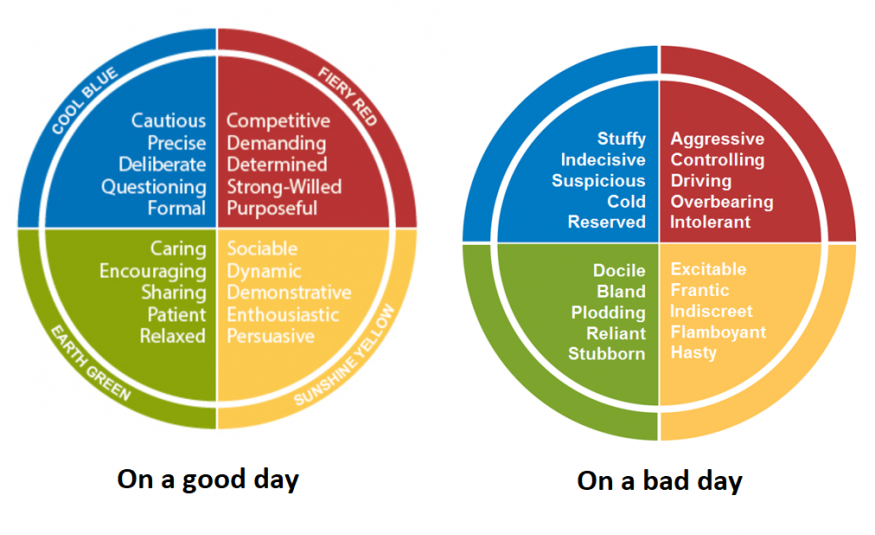 Hence, they have a lack of confidence in their abilities, they take too long to make decisions, doubt and are afraid to stumble again. The positive features include loyalty and reliability, they will never betray loved ones and will always stand up for their own.
Hence, they have a lack of confidence in their abilities, they take too long to make decisions, doubt and are afraid to stumble again. The positive features include loyalty and reliability, they will never betray loved ones and will always stand up for their own.
Schizoid type
Closed and unsociable people who do not know how or do not want to build close relationships with others. But they do a great job of maintaining business relationships. They have a rich inner world, into which they prefer not to let anyone in. Many people have high intelligence and out-of-the-box thinking. But they practically do not know how to recognize other people's emotions.
Epileptoid type
The most complex type of people, prone to breakdowns, aggression and pedantry. They seek to subjugate everyone, to win an authoritarian position. Such people do not know how to build friendly relations at all, they can vent evil on others, they are very scrupulous about the work of employees.